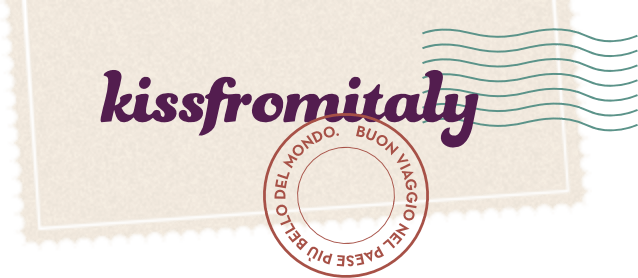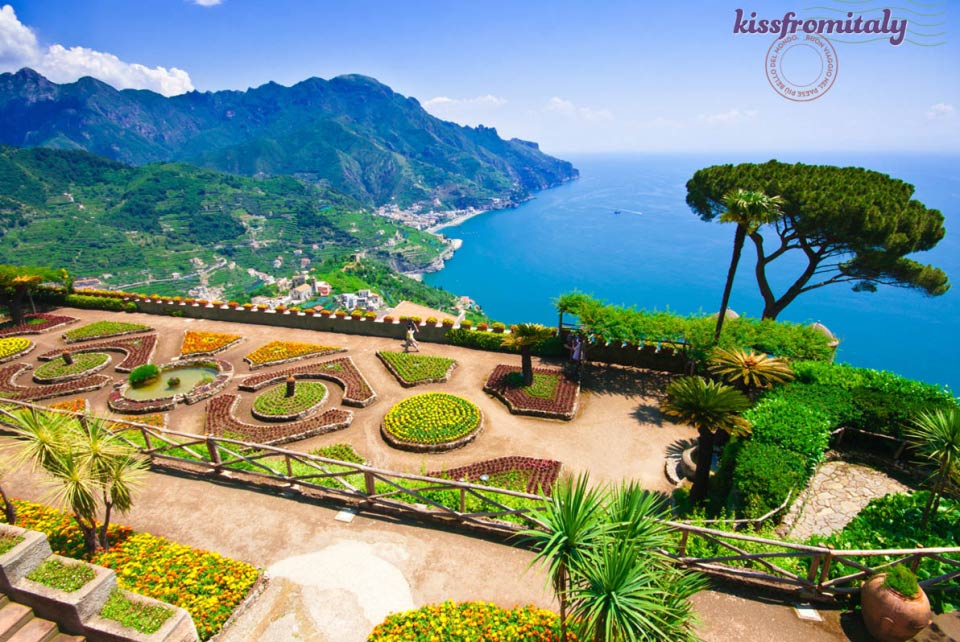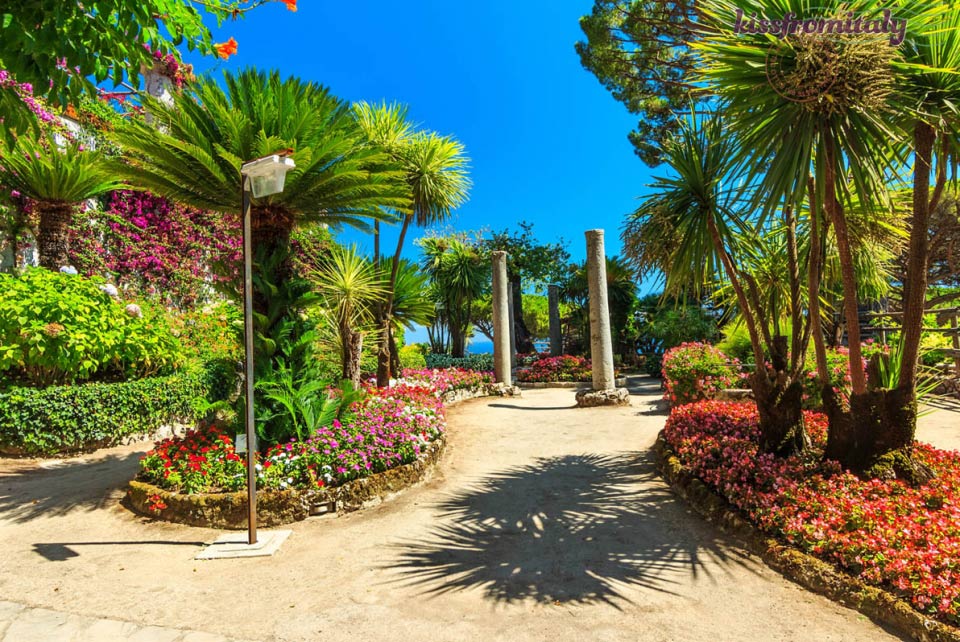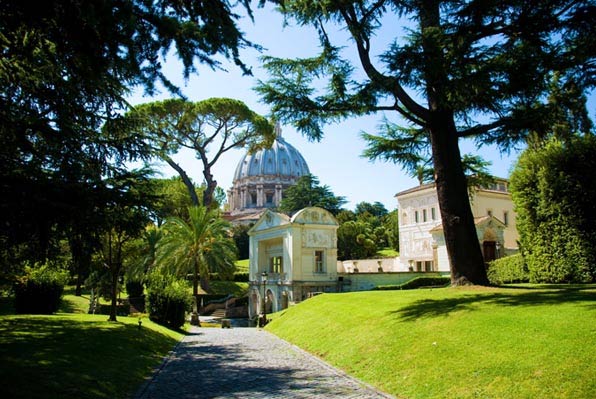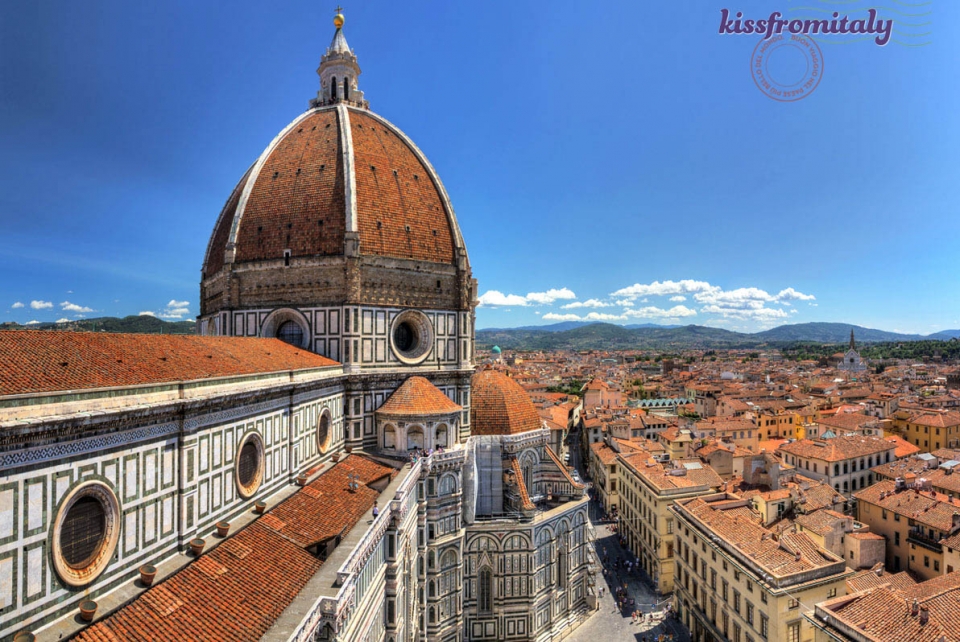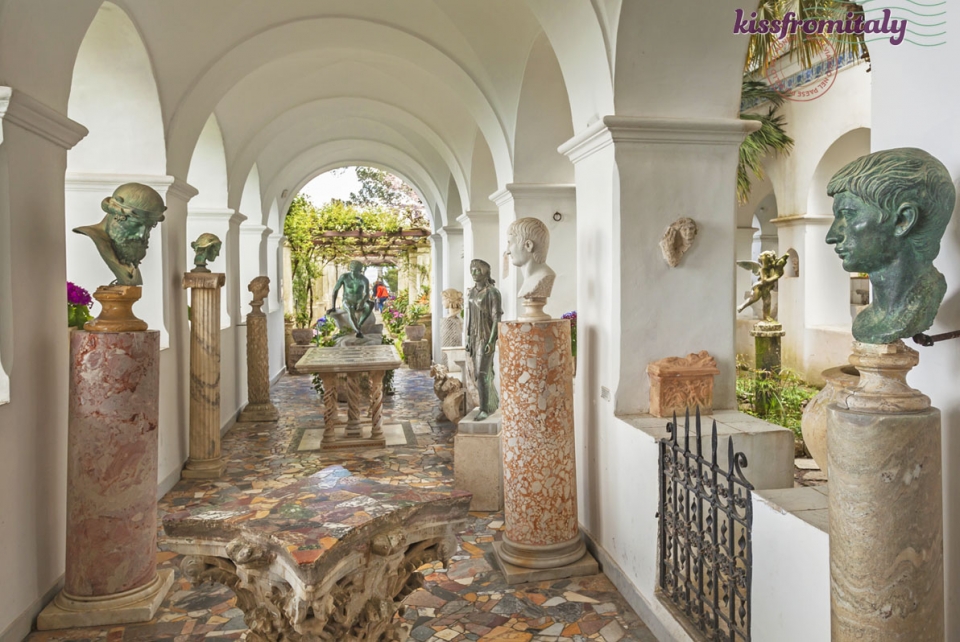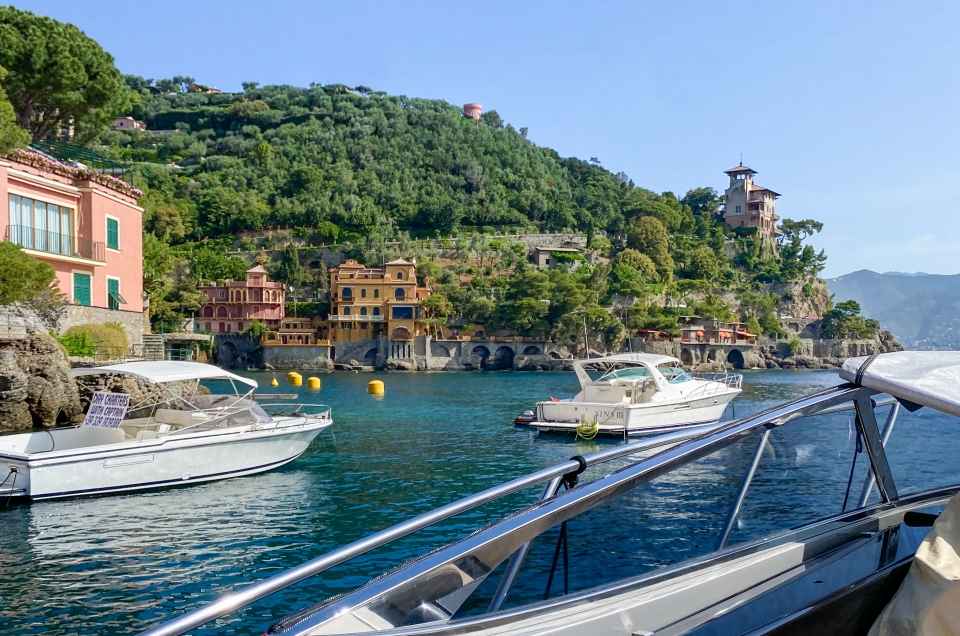
Magnificent Villa Rufolo in Ravello inspired the opera Parsifal by Richard Wagner and later the foundation of the international Ravello Music Festival
"Il magico giardino di Klingsor è trovato"
Richard Wagner
26 May 1880
This phrase, now immortalised on a stone plaque on the wall of Villa Rufolo in Ravello, is what composer Richard Wagner proclaimed after visiting its luscious gardens which dramatically overlook the Tyrrhenian Sea. The phrase, which means "the magical garden of Klingsor has been found", was scripted by the composer in the guestbook of Albergo Palumbo while enjoying breakfast, and was referring to his visit to Villa Rufolo. It was a profoundly important statement for two reasons: Wagner’s excitement after visiting the Villa’s gardens led to the composition of a major portion of his final opera, Parsifal.
Years later, his gratitude towards the town of Ravello inspired a return of appreciation with the creation of a summer music festival in his honor. The internationally acclaimed Ravello Music Festival is often lovingly referred to as the Wagner Festival for this reason, and has hosted a distinct array of talent such as the London Symphony Orchestra, and St. Petersburg Philharmonic Orchestra; conductors such as Daniel Barenboim, and Zubin Mehta; and famous jazz players such as Herbie Hancock and Wayne Shorter. The festival runs from June to mid-September every year.
Gallery
Wagner, as many before him, was stunned and inspired by his visit to Ravello, making it no small wonder why celebrities, artists, and tourists continue to make the pilgrimage there to this day. The town is nestled high above the Amalfi coast in the province of Salerno in southern Italy. It is a UNESCO World Heritage Site that has famously served as a haven for artists, musicians, and intellectuals such as D.H. Lawrence, Giovanni Boccaccio, Salvador Dalí, Greta Garbo, and Humphrey Bogart.
Richard Wagner’s wife Cosima maintained a diary that documented their visit to the Amalfi Coast. In it she describes the long ascent to Ravello by mule where they were enchanted by the recent renovation of Villa Rufolo as handled by Sir Francis Neville Reed, who had hired Michele Ruggiero, head of excavations at Pompeii, to restore the thirteenth century Villa to it’s original splendor.
Wagner began composing the opera Parsifal in 1857, almost 20 years before be visited Ravello. During those 20 years of artistic block he composed the opera Tristan and Isolde and all four installments of the Ring Cycle, but remained stuck on how to craft the second, and most important act of his opera Parsifal. Once he saw the gardens at Villa Rufolo, everything changed. The second act was set in a magical garden inspired by that exact spot, and Parsifal debuted less than two years later.
Villa Rufolo and its tower overlook the famous Piazza Vescovado, and is located just off of Viale Richard Wagner through a dramatic arched entranceway. Once you enter Villa Rufolo, you can lazily explore the tower and museum, though the greatest attraction remains the gardens. If you’re lucky, as you overlook the cool blue of the Tyrrhenian Sea, you will be able to hear the sounds of an orchestra preparing for the evening’s Ravello Music Festival concert.


